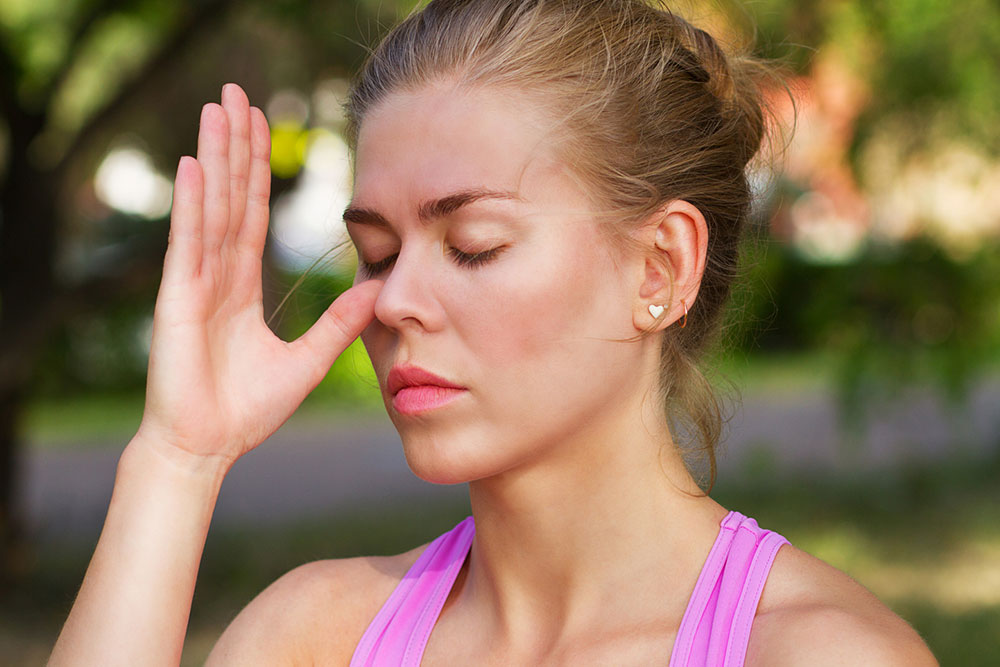
Lifestyle Changes to Ease Symptoms of Fibromyalgia
Fibromyalgia is a disorder that causes widespread musculoskeletal pain, often with added fatigue, sleep problems, memory, and mood issues. By making certain lifestyle changes can make a huge difference in managing the symptoms. Here are five easy lifestyle changes to add to your daily routine. These changes will make you in charge of your life and help you deal with fatigue and pain, which is common for those suffering from fibromyalgia.
1. Diet
You need to pay attention to what you are eating. Eat nutritious and healthy food like whole grains, vegetables, and fruits. Some foods increase the symptoms of fibromyalgia, like processed foods and caffeine.
2. Exercise
Exercise but it may be the last thing going on in your mind while you think of treating fibromyalgia. Exercising is the best way to promote better sleep; it increases energy, releases endorphins, and strengthens the muscles. Do not rush into the exercise regime, start slow if you have not been exercising for a long time. Try a combination of flexibility, strengthening, and aerobic exercises.
Exercise can be your best friend when you want to deal with fibromyalgia and pain in your life. Exercise helps you to deal with flare-ups of fibromyalgia:
- Exercise helps support a healthy immune system
- Strengthens the muscles
- Exercise promotes deep and restorative sleep
- Improves your well being and mood
- Maintains a healthy weight
- Decreases stiff and muscle tension
- Gives you energy
- Begin a regular exercise program, which is a regular and low-intensity exercise.
- Get a certified trainer to create an exercise plan for yourself.
You may notice a small increase in soreness and pain when you begin your exercise but this pain will go away in a few days. You will benefit from the exercise as your endorphins rise and help to reduce the pain, anxiety, and depression.
You need to do at least:
- 150 minutes of moderate-intensity exercises – walking, swimming
- Two days of muscle-strengthening exercises – push ups, weight lifting
- Include flexibility exercises – Pilates, stretching, and yoga
3. Massages
Getting a massage is also a good idea. Regular massage eases fibromyalgia pain; it eases the stiffness, improves flexibility, improves the motion, and reduces swelling. These are important lifestyle tips for fibromyalgia.
4. De-stress
Manage your stress because if you do not deal with stress it will make the pain and fibromyalgia symptoms worse. Learn relaxation techniques like deep breathing techniques, yoga, meditation etc. Stick to a routine of the day that you have created for yourself; it will make you feel better. Every day do activities that you like, like taking a bubble bath or reading a book. These are some lifestyle tips for fibromyalgia that need to be followed.
5. Sleep
Also, try to sleep more and sleep better. Getting quality sleep is difficult for many people. People with fibromyalgia also do not get enough sleep. If they sleep longer, they do not feel as if they have rested. Getting quality sleep is important and it helps to reduce fibromyalgia. Sleep for at least eight hours every night. To sleep better, do deep breathing, meditate, keep a regular time when you go to sleep, also get up at the same time every day from Monday to Sunday. Talk to your doctor about what you can do to get better sleep.




